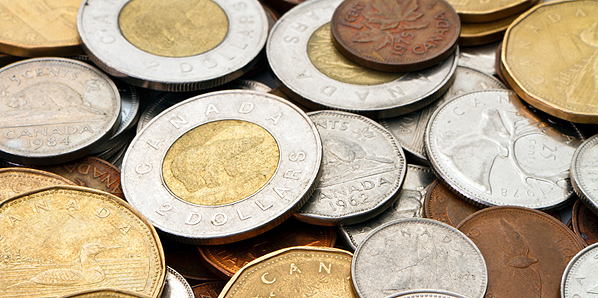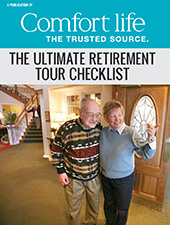How to save money when you don’t have much of it!
Groceries, housing, transportation - it’s hard to make ends meet when you don’t make a lot of money. But no matter what your income, it’s important to set aside a little of what you earn. Here are some basic tips on how to save money and plan for the future.

Understand why you need to save – “You always need to have an emergency fund,” says Chartered Accountant Colleen Gibb, president of Gibb Widdis Chartered Accountants Professional Corporation in Ancaster. “If you get sick or are laid off, you will need a few months’ earnings set aside to see you through. You also need to start saving for your retirement.”
Save a set amount from each paycheque – “Even if you don’t have much money, you should try to set aside a minimum of ten per cent of your after-tax income,” advises Chartered Accountant Michael Bondy, a partner with Collins Barrow in London. “Over time it will add up.”
Pay yourself first – “When you get your paycheque, take the amount you want to save right away and put it in a savings account,” suggests Gibb. “You can still access it, but it will be easier to hang onto than if it is in your wallet.”
Establish a budget – “It is very important to set up a budget that includes a savings target, because if you aim for nothing, you are guaranteed to hit the target with tremendous accuracy,” says Gibb. “Your budget will also help you determine how much you can afford to set aside from each paycheque.” Bondy also suggests having a purpose for your budgeted savings. “Saving for a down payment on a house or a car is more motivating that just saving for the sake of saving,” he says.
Small changes can add up to big savings – “Brown bagging your lunch will probably save $10 a day for 50 weeks a year, which translates into $2,500 in savings,” says Bondy. “Avoid expensive meals and pricey coffees, take the bus to work or ride your bike instead of driving.” Other smart ways to save include clipping coupons, attending free events for entertainment and shopping around for the best deals on insurance, cable and cell phone costs.” Gibb also suggests decluttering your house or apartment. “You may find some things you can sell for extra cash, and it will help you realize that you don’t need to buy more stuff.”
Open a Tax-Free Savings Account (TFSA) – “A TFSA lets you withdraw the money in it if you need to and then return it in the future at no tax cost, as long as it is not returned in the same year,” says Bondy.
Start a Registered Retirement Savings Plan (RRSP) – “An RRSP lets you save for retirement and will also give you a deduction on your income taxes,” explains Gibb. “You can then take your tax refund and put it back into your RRSP for extra savings.” If you and your spouse are saving to buy a house, Bondy suggests each of you contribute to your individual RRSPs until you have each built up $25,000 in savings. “Then you can take money from the RRSP (with the intention of paying it back) to make a down payment on a modestly priced home and avoid paying Canada Mortgage and Housing Corporation (CMHC) insurance premiums,” he explains.
Use cash, not credit – “Credit cards are dangerous unless you can pay them off every month,” warns Bondy. If you do need to make a purchase on credit and can’t pay it off right away, Bondy suggests establishing a line of credit with the bank instead of using a credit card. “Credit card interest rates are 18 per cent and line of credit rates are four to six per cent,” he explains. If you do decide to use cash only, Gibb suggests putting set amounts for housing, food, transportation and other items in jars or envelopes. “It’s simple, visual and really helps people budget their money,” says Gibb.
By The Institute of Chartered Accountants of Ontario


